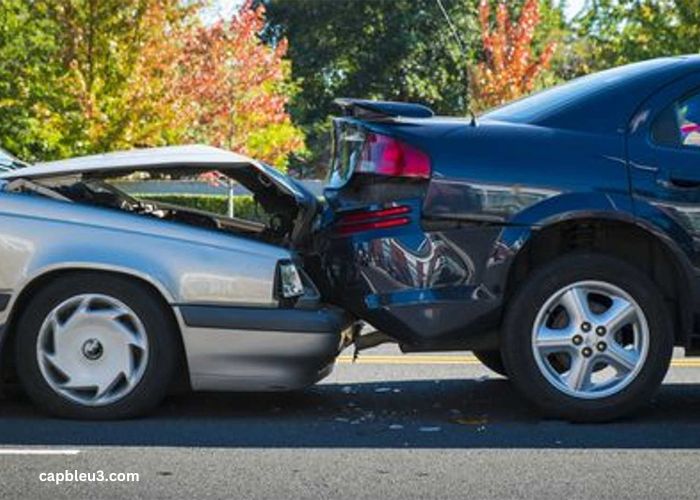
Car insurance is essential for every vehicle owner, but choosing the right policy can be confusing. Two common options are All-Risk and TLO (Total Loss Only) insurance, each offering distinct coverage benefits. While some drivers prefer full protection, others opt for policies that cover only severe damages. Understanding the key differences between these plans helps in selecting the most suitable coverage.
A well-chosen policy safeguards both the vehicle and the owner’s finances from unexpected events. The right all risk car insurance ensures broader protection against various incidents, while TLO insurance focuses on major losses. Making an informed decision requires evaluating several factors, including coverage, cost, and claim conditions. Let’s read about them in detail.
Coverage Scope of All-Risk and TLO Insurance
The primary difference between these insurance types lies in the extent of protection they provide. All-risk coverage includes a wide range of scenarios, from minor damages to major accidents. It typically covers theft, vandalism, natural disasters, and third-party liabilities.
In contrast, TLO insurance applies only if the vehicle is severely damaged beyond repair. If repair costs exceed a certain percentage of the car’s value, the claim becomes valid. Minor accidents, scratches, and partial damages are not included under this policy. Choosing the right coverage depends on individual needs and risk exposure.
Claim Eligibility for Each Policy
Understanding claim conditions is crucial before selecting an insurance plan. All-risk policies allow claims for both minor and major damages, ensuring financial security for frequent drivers. Whether it’s a small dent or a total wreck, the policyholder can request compensation.
On the other hand, TLO insurance claims are only approved if the damage is beyond repair. If the vehicle suffers minor damages, the owner must bear the repair costs. This makes it a suitable choice for those confident in their driving habits or those seeking lower premiums.
Cost Comparison Between All-Risk and TLO Insurance
Affordability plays a significant role in selecting an insurance policy. All-risk insurance comes with a higher premium due to its extensive coverage. The cost varies based on the vehicle’s value, age, and risk factors associated with the policyholder’s driving history.
Conversely, TLO insurance is more budget-friendly because it only covers extreme situations. The premiums are significantly lower, making it an attractive option for those looking for essential protection. However, it’s important to weigh the cost against potential risks before making a decision.
Suitability Based on Vehicle Condition and Age
The type of insurance needed often depends on the vehicle’s condition. All-risk coverage is generally recommended for new or high-value cars, as it provides extensive protection against different risks. Owners of brand-new cars benefit from financial security in case of accidental damage or theft.
Meanwhile, TLO insurance is better suited for older vehicles with depreciated market value. Since minor repairs are not covered, it is a cost-effective choice for cars that have already undergone significant wear and tear. Evaluating the vehicle’s condition helps in choosing the right policy.
Choosing the Right Policy Based on Risk Tolerance
Every driver has a different level of risk tolerance when it comes to vehicle protection. Some prioritise maximum security, while others focus on affordability. All-risk coverage is ideal for those who prefer complete peace of mind. It ensures financial backup in case of unexpected events, offering relief from potential repair costs.
In contrast, TLO insurance suits drivers who feel confident in avoiding major accidents. If the vehicle is driven in low-risk areas with minimal exposure to damage, a total loss policy may be sufficient. Choosing the right plan depends on lifestyle, driving habits, and personal preference.
Selecting between all risk car insurance and TLO insurance depends on multiple factors, including coverage needs, budget, and vehicle condition. While one policy offers comprehensive protection, the other provides financial security only in extreme cases. Both options serve different purposes, and the best choice varies from person to person. Before finalising a plan, reviewing the terms and considering personal driving conditions is crucial for long-term benefits.